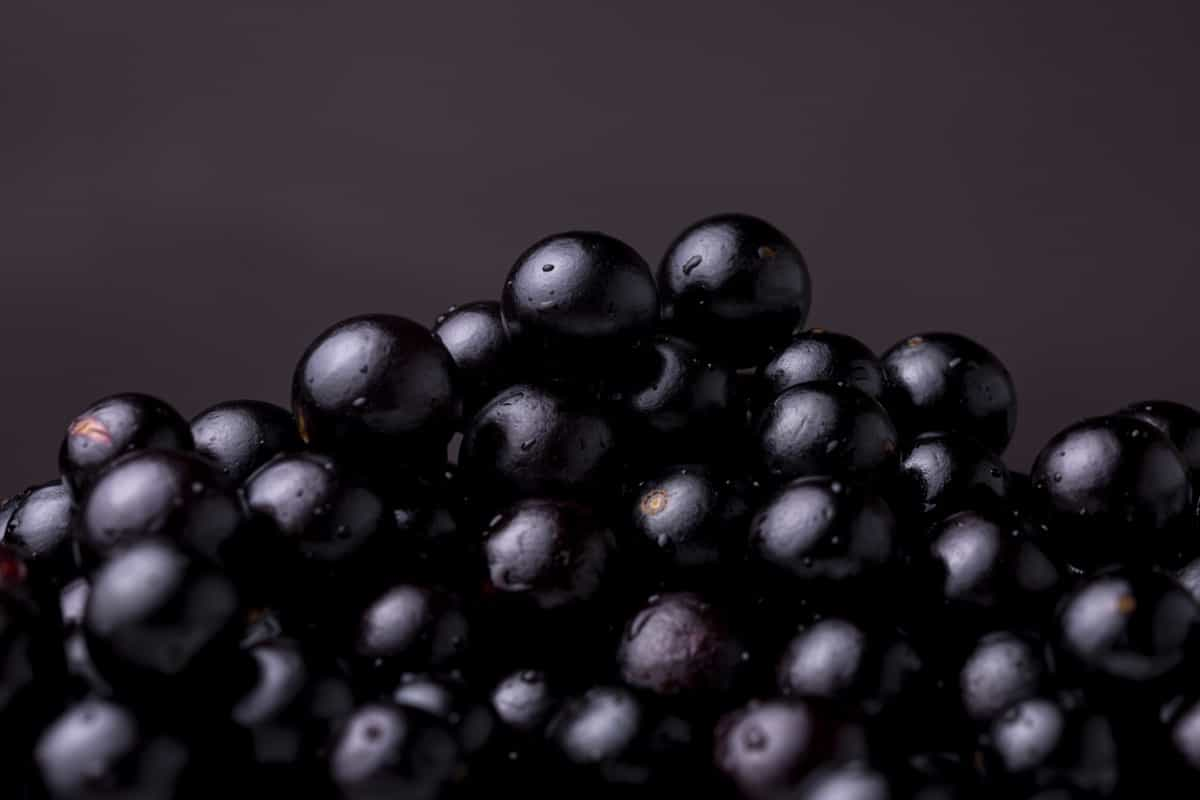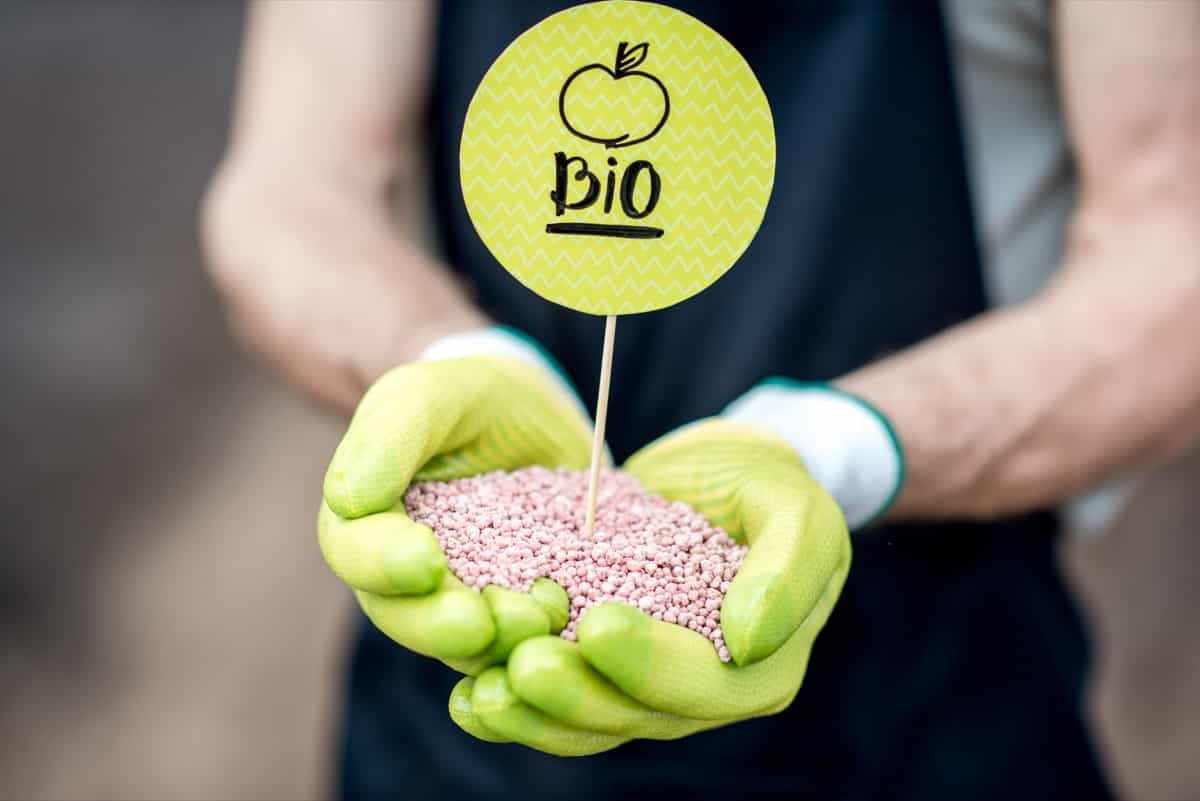Jaboticaba (Plinia cauliflora) is a tropical fruit tree native to Brazil. It is known for its unique growth habit, with fruits growing directly on the trunk and branches. To successfully propagate and grow Jaboticaba, it is essential to understand the ideal growing conditions and fertilizer requirements. This article provides comprehensive information on the propagation techniques, optimal growing conditions, and fertilizer requirements for Jaboticaba trees.

Introduction to Jaboticaba Propagation: Understanding the Basics
- Jaboticaba can be propagated through various methods, including Jaboticaba seeds germination, air layering, and grafting.
- Seed germination is the most common method, but it takes longer for the tree to bear fruits.
- Air layering is a quicker method involving rooting a branch while still attached to the parent tree.
- Grafting is a more complex technique that involves joining a Jaboticaba branch onto a different rootstock.
Selecting the Right Planting Material for Jaboticaba Propagation
When propagating Jaboticaba, choosing the right planting material is crucial to ensure successful growth. There are two primary options: seeds or cuttings. Seeds are the most common planting material for Jaboticaba propagation. It is important to note that Jaboticaba seeds have a short viability period and should be planted immediately after extraction. To increase the chances of germination, it is recommended to soak the seeds in water for 24 hours before planting.
Alternatively, cuttings can be used for Jaboticaba propagation. This method involves taking a piece of stem or branch from a mature Jaboticaba tree and planting it in a suitable growing medium. Cuttings should be taken from healthy trees and treated with rooting hormone to enhance root development. It is advisable to choose semi-hardwood or hardwood cuttings for better success rates.
Preparing the Soil for Jaboticaba Propagation: Essential Steps and Considerations
The soil should be fertile and well-drained. The ideal pH for Jaboticaba propagation should be between 5.5 and 6.5. Additionally, the area should receive ample sunlight, as jaboticaba plants thrive in full sun. Next, the soil should be prepared by removing weeds, rocks, or debris. This can be done by hand or using a garden tool, like a rake or hoe. Loosening the soil to a depth of about 12 inches is also recommended to improve aeration and drainage.
After preparing the soil, it is advisable to amend it with organic matter, such as compost or well-rotted manure. This enriches the soil with nutrients and improves its moisture-retaining capacity. The organic matter can be incorporated into the soil by spreading compost over the planting area and mixing it in thoroughly. Lastly, watering the soil before planting the jaboticaba seeds or cuttings is essential.
Propagation of Jaboticaba through Seeds: A Step-by-Step Guide
- Extract the seeds: Look for fully mature fruits with a dark purple or black color. Cut open the fruits and carefully remove the seeds. Rinse them with water to remove any pulp or residue.
- Prepare the planting medium: Fill small pots or seed trays with a well-draining potting mix. You can create a mixture using equal parts of peat moss, perlite, and vermiculite.
- Planting Jaboticaba Seeds: Place the Jaboticaba seeds on the surface of the planting medium, ensuring they are evenly spaced. Lightly press them down into the soil.
- Provide optimal conditions: Keep the seed tray or pots in a warm location with temperatures around 21-29°C. Using plastic wrap or a clear lid, cover the pots or trays to create a greenhouse-like environment.
- Water and maintain moisture: Jaboticaba seeds need consistent moisture to germinate. Mist the soil surface with water if it starts to dry out.
- Germination and growth: Germination can take a few weeks or months. Once the seeds sprout, remove the plastic wrap and provide bright, indirect light.
Propagation of Jaboticaba through Cuttings: Techniques and Best Practices
- In growing Jaboticaba from cuttings, First, choose a healthy and disease-free donor plant for the cuttings.
- Use sharp and sterile pruning shears to take 6-8 inch long cuttings from the tip of the branches.
- Dip the cutting’s cut end in a rooting hormone after removing any leaves from the bottom half.
- The cutting should be planted in a well-draining potting mix. To ensure successful root development, the cutting must be properly cared for once it has been planted.
- Ensure the container is placed in a warm, bright location, but avoid direct sunlight since it may scorch the cutting. Consistently moisten the soil without letting it become soggy.
Jaboticaba Air Layering as a Method for Propagation: Procedure and Benefits
- The procedure for air layering Jaboticaba starts with selecting a healthy stem that is about one year old.
- A section of the bark is removed, and a rooting hormone is applied to the exposed area. The wound is then covered with moist sphagnum moss and plastic wrap to create a humid environment.
- Over time, roots will develop from the wounded area. Once the roots are well-established, the stem should be cut from the parent plant and potted.
- Air layering provides a higher success rate than other propagation methods, making it a reliable technique for expanding jaboticaba plant populations.
In case you missed it: How to Grow and Care for Jamun Bonsai: Planting Instructions

Jaboticaba Grafting Techniques for Propagation: Methods and Success Rates
One popular method is the whip-and-tongue graft, which involves joining the cambium layers of the scion and rootstock. The success rate for whip and tongue grafting in jaboticaba propagation ranges from 70% to 90%. Another technique is the cleft graft, which is more suitable for larger rootstocks. This technique involves cutting an aperture in the rootstock and inserting the scion.
Cleft grafting has a success rate similar to whip and tongue grafting, typically ranging from 70% to 90%. Side grafting, also known as saddle grafting, is a technique that involves making a V-shaped cut on the rootstock and inserting a matching V-shaped scion into the cut. The scion is then secured in place using grafting tape or grafting wax. Side grafting is a reliable method for jaboticaba propagation, with success rates ranging from 60% to 80%.
Jaboticaba Tree Growing Conditions for Propagation: Temperature, Light, and Humidity Requirements
- Temperature requirements: Jaboticaba thrives in warm climates and prefers temperatures between 21°C and 29°C. Maintaining temperature consistently throughout the year is crucial for optimum growth.
- Light requirements: Jaboticaba trees require ample sunlight to thrive. They prefer full sun exposure, which means at least 6 to 8 hours of direct sunlight daily.
- Humidity requirements: Jaboticaba trees flourish in high-humidity environments. Ideally, the relative humidity should be around 60% to 80%.
Watering and Irrigation Practices for Successful Jaboticaba Propagation
Watering and irrigation practices play a crucial role in successful jaboticaba propagation. Initially, after planting, keep the soil evenly moist but not soggy. Once the plant is established, watering should be done deeply and infrequently. This encourages the development of a deep root system.
Water the jaboticaba tree once every 7-10 days, providing sufficient water to penetrate the root zone. Increase the watering frequency during hot and dry periods to prevent water stress. Mulching around the tree’s base helps retain moisture in the soil and reduces weed competition. Regularly monitor moisture levels by checking the soil’s moisture content before watering.
Fertilizer Requirements for Jaboticaba Propagation: Nutrient Needs and Application Methods
Jaboticaba plants require a balanced fertilizer that includes nitrogen (N), phosphorus (P), and potassium (K). The recommended fertilizers for Jaboticaba are 10-10-10 or 12-12-12. Nitrogen promotes foliage growth, phosphorus supports root development, and potassium enhances plant health and fruit production.
In case you missed it: How to Grow and Care for Jaboticaba Bonsai: Planting, Pruning, and Repotting

Fertilizers can be applied in many ways, including broadcasting, banding, or foliar spraying. Broadcasting involves evenly spreading the fertilizer over the soil surface around the plant base. When growing Jaboticaba in pots, a banding method can be employed. Banding refers to applying the fertilizer in a narrow band alongside the plant row or in a circle around the plant. Foliar spraying involves applying a diluted fertilizer solution directly onto the leaves.
Brief Profile of Jaboticaba Tree
| Botanical/ Scientific Name | Plinia cauliflora |
| Common Name | Brazilian grape tree |
| Native to | Brazilian south |
| Fruit Taste | Sweet and acidic |
| Lifespan | 150 years |
| Growing Zones | USDA Hardiness 9-11 |
| Soil | Slightly acidic (pH of 5.5 to 6.5), high in organic matter |
| Sunlight | Full sun to partial shade |
| Propagation | Mostly from air layering and grafting |
| Fruiting Season | Late March and April |
| Time to Bear Fruits | May take up to 8 years |
| Fruiting Season | late March and April |
| Fruit Yield per Tree | Mature tree can produce about 1000 pounds |
Conclusion
The successful propagation of Jaboticaba requires specific growing conditions and careful attention to fertilizer requirements. By providing the appropriate growing conditions and following the recommended fertilizer requirements, gardeners can ensure the successful propagation of Jaboticaba trees.
- Feed Your Flock for Less: Top 10 Tips to Save on Chicken Feed
- Ultimate Guide to Ossabaw Island Hog: Breeding, Raising, Diet, and Care
- Hatching Answers: The Top 10 Reasons Your Chickens Aren’t Laying Eggs
- Eggs and Economics: Breaking Down the Cost of Raising Backyard Chickens
- Defend Your Greens: Proven Methods to Keep Iguanas Out of Your Garden
- Ultimate Guide to Cinnamon Queen Chicken: A Comprehensive Guide for Beginners
- Ultimate Guide to California Tan Chicken: Breeding, Raising, Diet, Egg-Production and Care
- Ultimate Guide to Marsh Daisy Chicken: Breeding, Raising, Diet, and Care
- 10 Types of Chicken Farming Businesses You Can Start for Profits